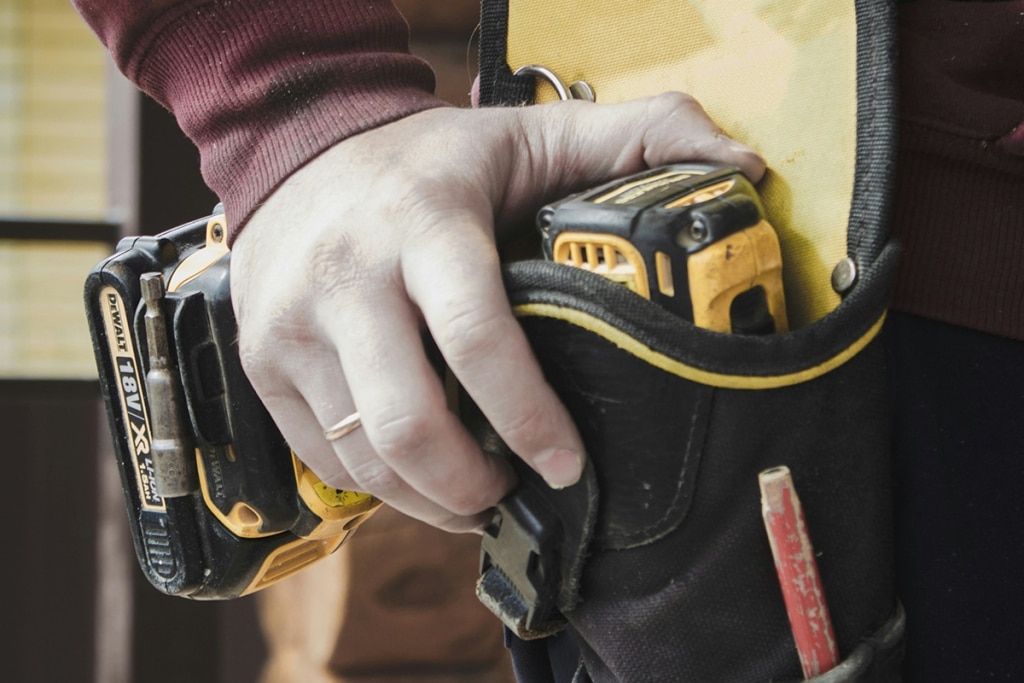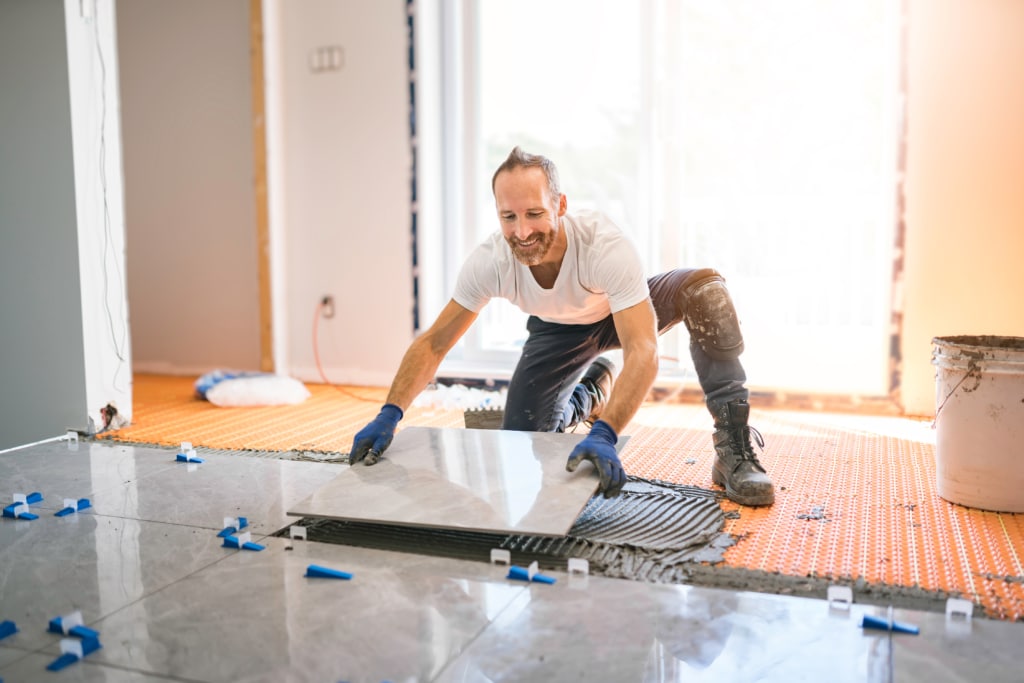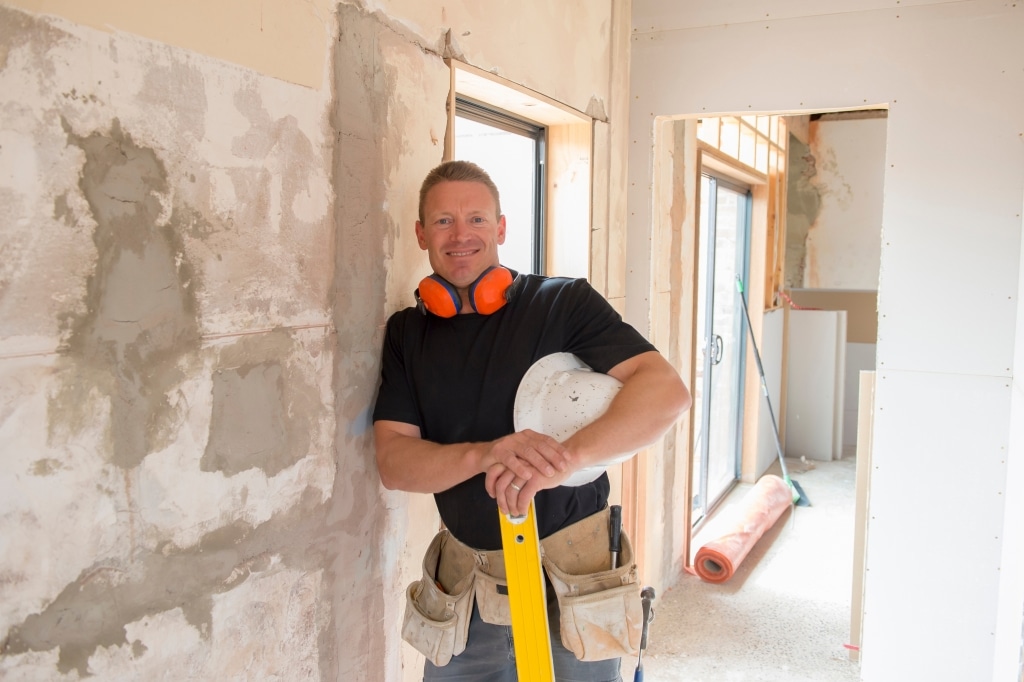

It’s the first thing most tradies ask: “Yeah, but how much will insurance cover cost me?” Fair enough. No one wants to fork out more than they need to for insurance.
The answer? It can range from just a few dollars a day to several thousand a year. The total cost depends on the type of work you do, the size of your business and how much cover you need.
In this guide, we’ll explain how an insurance company calculates your premium, what factors can push the price up or down, and how to keep your trades insurance costs manageable as your business grows.
There’s no one-size-fits-all price when it comes to business insurance for tradies—and that’s a good thing. Your policy is there to back you and the work you do, not some generic template.
A solo handyman doing small jobs around town doesn’t face the same risks as a builder running a crew across multiple sites. Bigger jobs, more people, higher risk—means higher cover.
That’s why the cost can vary so much. What really matters are the things that shape your premium: the type of work you do, your business size, claims history, and a few other big-ticket factors. Let’s break them down.

What you’ll pay depends on how much cover you need, what gear you’re using and the type of work you’re doing. But to give you a ballpark, here’s a look at the most common types of cover and what they usually cost:
These are ballpark figures to give you a starting point, but every business differs. The right cover (and the right price) comes down to your setup, your risks and how you operate day to day.
Have a chat with an insurance broker at Tradesure. We’ll walk you through the options and help you find cover that makes sense for the way you work.
So, what actually affects how much you pay? Here are the main things insurers look at when working out your premium:
Some trades carry more risk than others. Roofers, sparkies and demolition crews tend to pay more than painters or handymen.
The more revenue you bring in—or the more people you’ve got on the books—the higher the exposure. Insurers use this to gauge the size of your business.
Where you work matters. Jobs in cyclone zones (like parts of QLD) or areas with high theft rates (like some Sydney suburbs) can drive up premiums.
A clean track record works in your favour. If you’ve had a few claims in recent years, expect higher premiums or extra conditions.
The more coverage you ask for, the more it costs. Councils and builders often want you to carry $20 million in public liability—that can bump up your price.
Insurers like to see that you’ve got your house in order. SWMS, proper site inductions and even GPS trackers on tools can help keep your costs down.
Choosing a higher excess can lower your premium. Bundling your covers together—like with a Tradesure package—can also help you save.
Even if your cover starts off cheap, it can creep up over time, and not always because you’ve stuffed anything up. Sometimes it’s just the way things go. Insurers cop higher costs from storms, materials get pricier, labour goes up, and suddenly your tools are worth more to replace than they were last year.
If your business has grown a bit—more jobs, more gear, maybe an apprentice or two—that can push things up too. And if you’ve had a big claim, that’ll hang around for a while and might cost you more down the track.
Then there’s the stuff you can’t control. Councils or commercial jobs might want higher cover, which means bumping up your policy to match.
Quick tip: Chuck insurance on your EOFY to-do list. A yearly check-in can help keep your cover spot-on without paying more than you need to.

Premiums don’t have to keep creeping up. Here’s how to keep yours in check:
Running a trade business means backing yourself, and that includes having the right business insurance policy. We’ll help you understand your options, keep it simple, and ensure you’re only paying for what you need.

Tradie News and Information
Starting A Landscaping Business? Here Is What You Need To Know
10 November 2025 If you’re wondering how to start a landscaping business in 2025 and beyond, you’ve come to the right place. From mowing and garden maintenance to structural projects like decks and retaining walls, every landscaping business starts with a clear plan. We’re breaking down the essentials and sharing practical tips to help you […]

Tools Insurance
What insurance does a Tiler need?
Insurance is here to support you when the unexpected happens. Instead of worrying about how you’ll pay for repairs, replacements, or delays, you’ve got cover to help carry the load. It’s not only about getting through hard times. It’s about backing your tiling business so it can continue to grow in the years ahead.

Tools Insurance
What insurance does a carpenter need?
Carpentry is hands-on, physical work that comes with its fair share of risks. From power tools on site to the projects you leave behind, there's plenty that can go wrong, and when it does, it can cost you more than just a few days off the tools. The right insurance helps carpenters protect their income, cover their gear, and keep jobs moving without unexpected financial stress.

Tools Insurance
What insurance does a tradie need?
Getting hurt on a job site doesn’t just ruin your week; it can cost you big time.